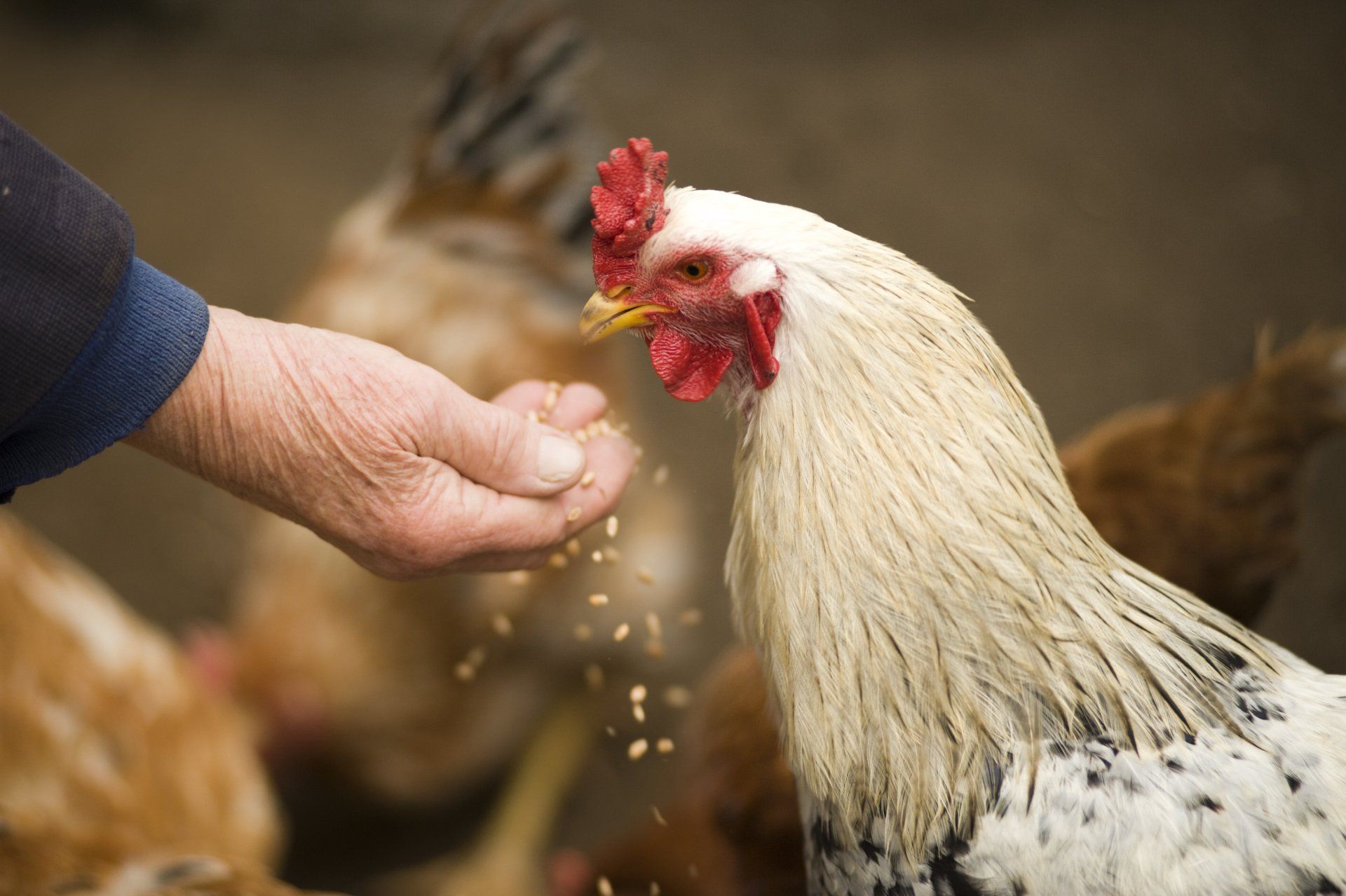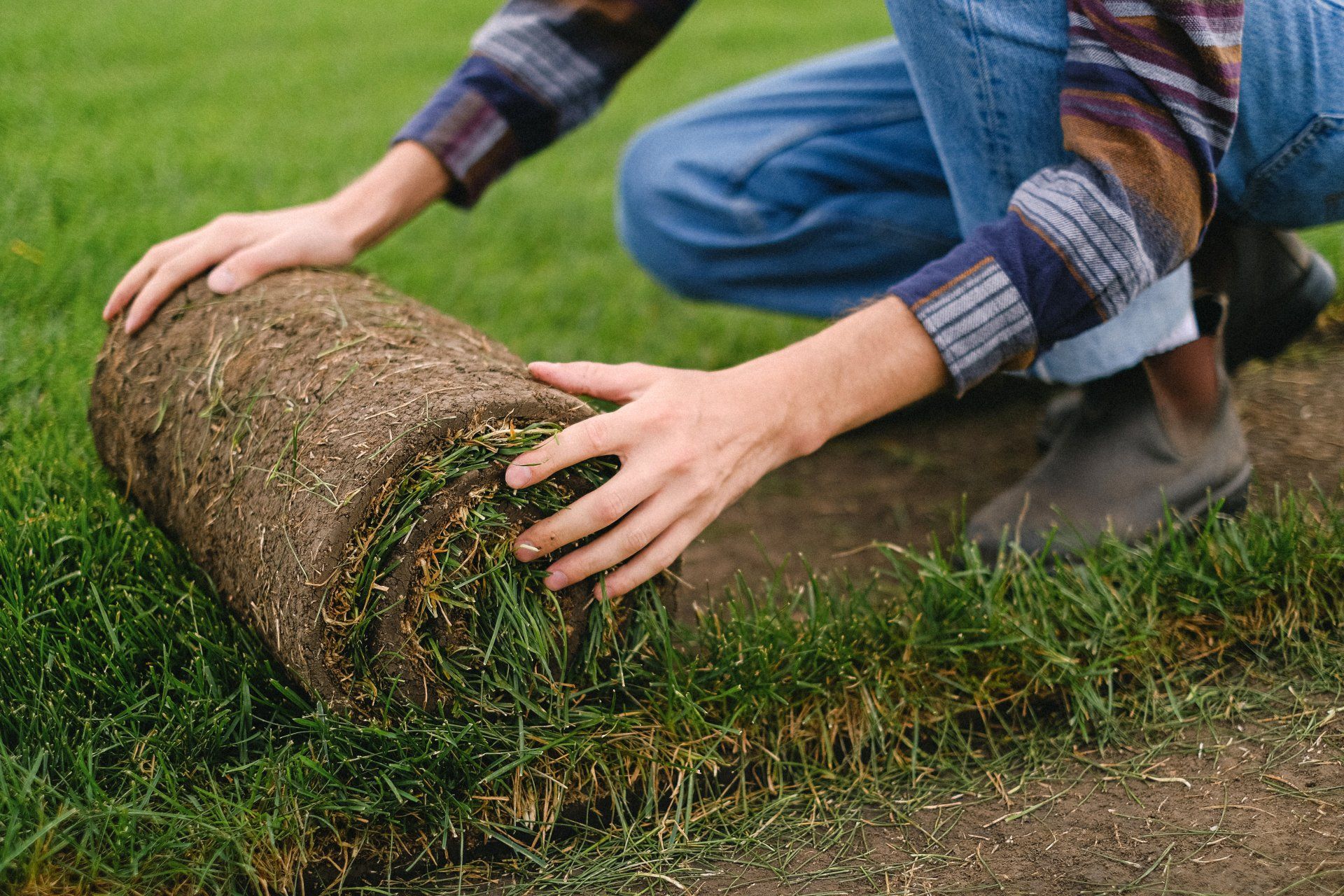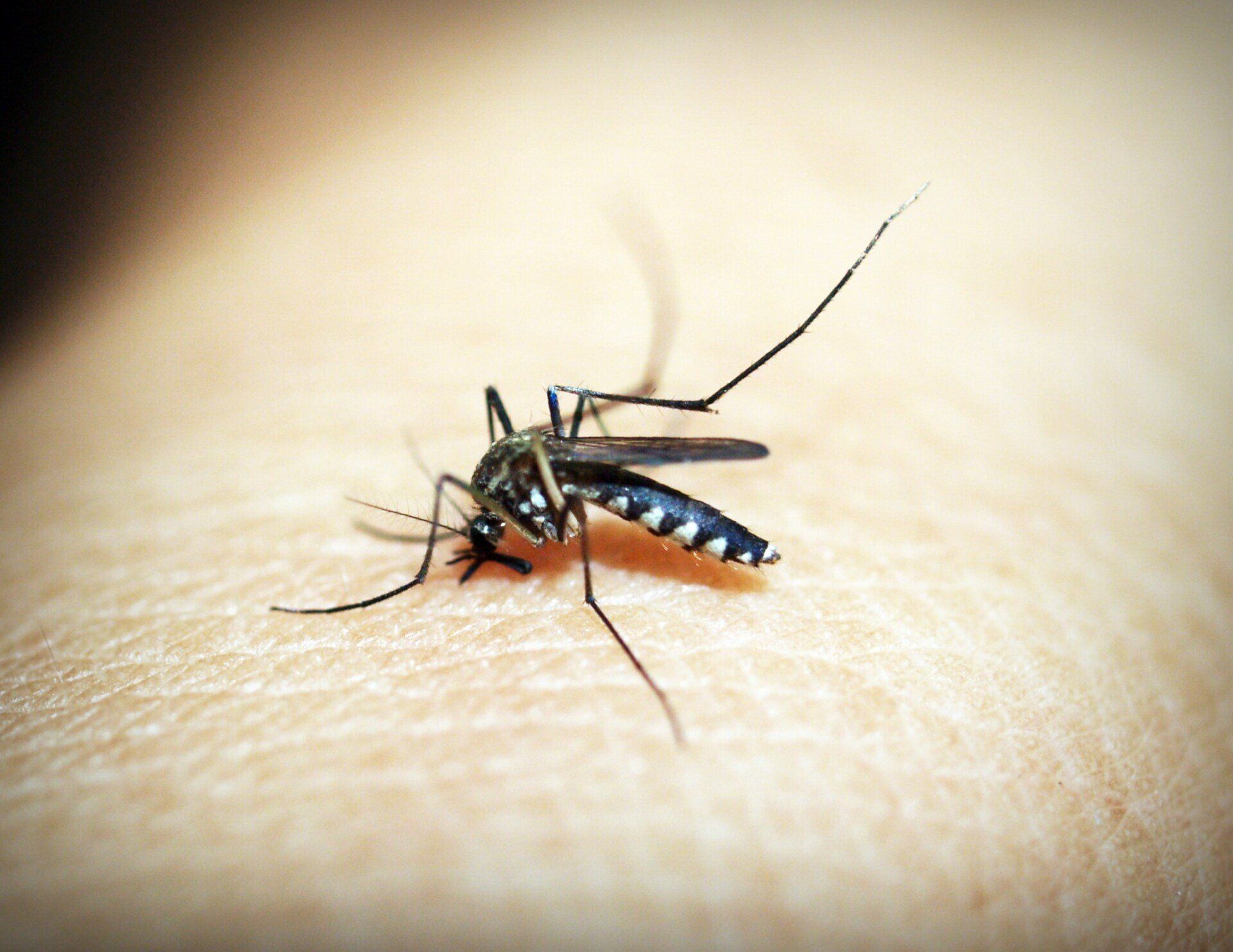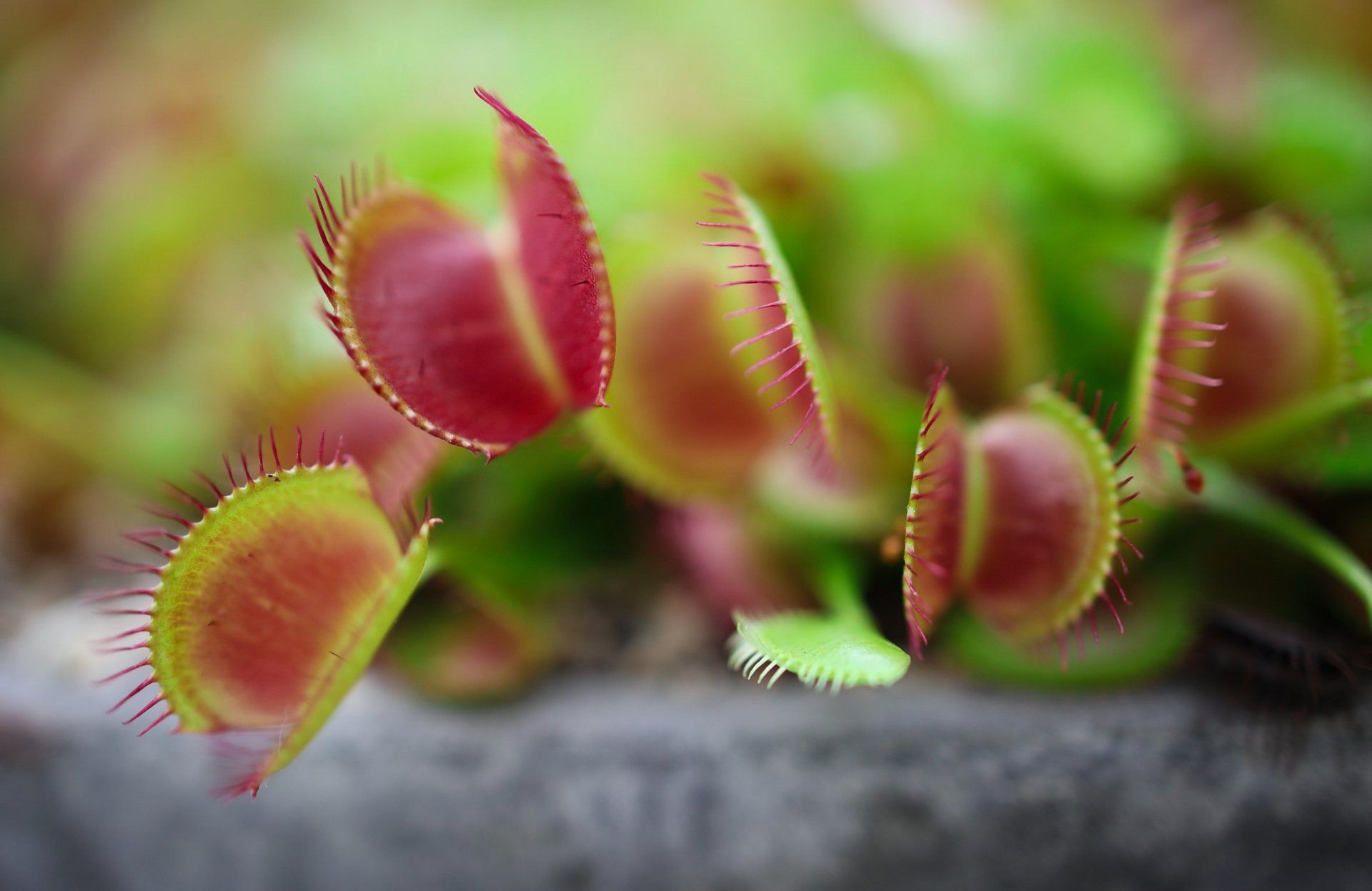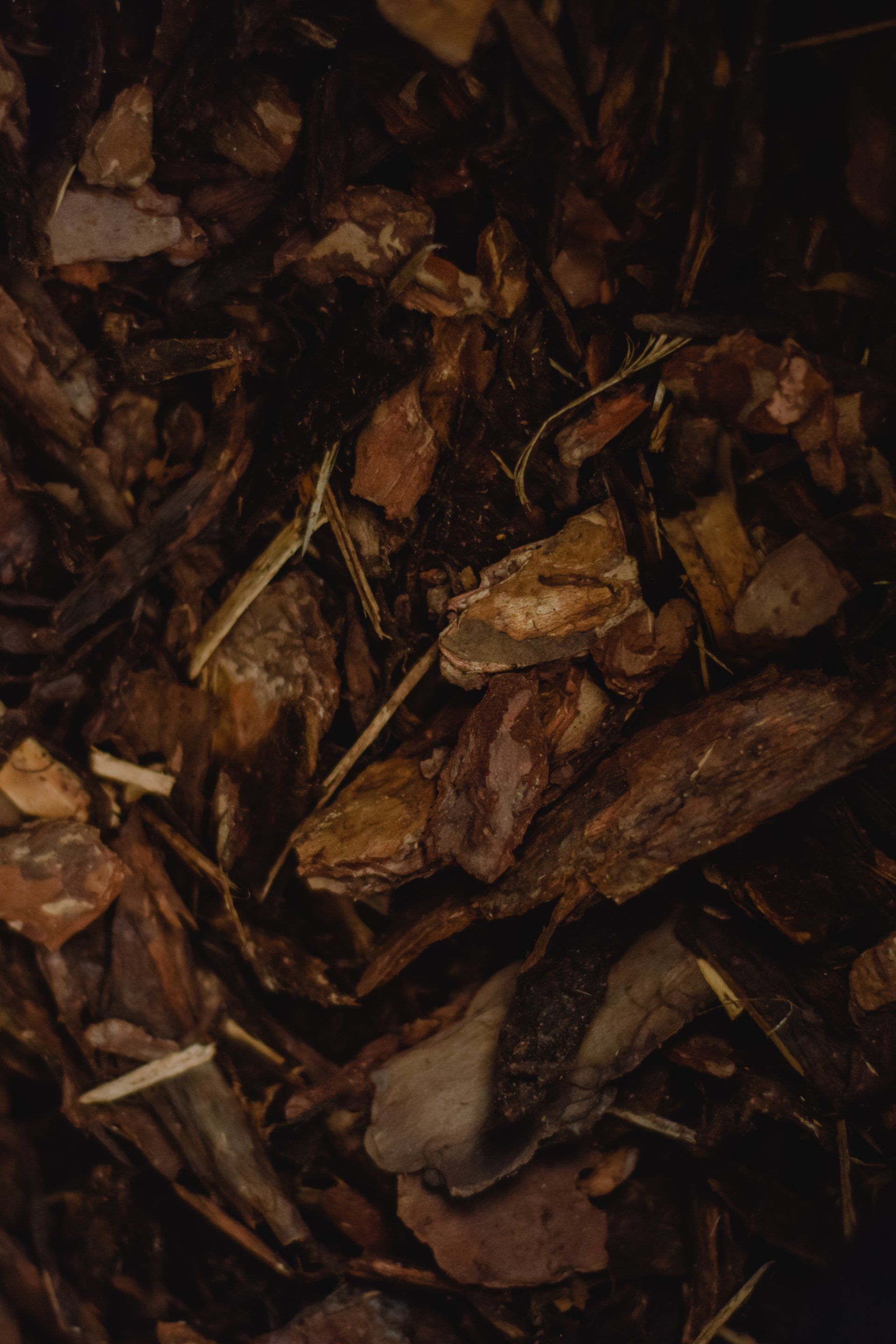What type of pest is destroying your lawn?
What type of pest is destroying your lawn?
Most home and business owners take pride in their beautiful, green lawns, but even the best-kept landscapes are subject to harm from a number of lawn pests. Using our assortment of popular flying, crawling, and burrowing insects and animals, you will be able to correctly identify the problem and restore the health and vitality of your home.
Termite Identification
The following warning indicators indicate that you may have undesirable pests either above or below ground on your lawn:
- Grubby blades of grass
- Withering grass
- Areas of dead or withering grass
- Brown flecks
- Observations of holes in the ground, insects, and more
Common pests consist of:
Grubs
There are numerous varieties of grubs and beetle larvae that vary somewhat in color and size, but the majority are C-shaped and measure less than one inch. These unattractive critters can be found in the soil, where they feed on the roots of lawn grasses and attract other pests such as moles, birds, armadillos, and skunks.
- Symptoms include brown spongy spots and dying grass.
- Infested regions should be sprayed with a commercial grub killer.
Armyworms
Armyworms are roughly 1.5 inches in length and black, brown, green, or yellow in color with horizontal stripes. They eat on the grass above the ground and move in huge groups, preferring the cooler temperatures of the evening.
- Symptoms may include brown patches that resemble drought.
- Professional pest control is recommended for treatment.
Fiery Skippers
This black-headed, green-bodied caterpillar deposits its eggs on the underside of grass blades and leaves.
- Symptoms: approximately two-inch-long brown patches in your grass; if an infestation occurs, these patches may form an uneven shape of any size.
- Treatment: A commercial treatment for caterpillars may be administered.
Leatherjackets
The name of these larvae is derived from their slick appearance and grayish-brown hue. They measure roughly 1.5 inches in length, have no discernible head or legs, and feed on roots and grass blades.
- Symptoms include irregularly shaped dead grass patches.
- Professional pest control is recommended for treatment.
Chinch bugs
These insects are only one-fourth of an inch long, black and white in color, and have white-gray wings with a dark triangular patch. They dehydrate grass blades by sucking out the moisture and then depositing an anticoagulant that stops further water absorption.
- Symptoms include patches of grass that change color from purple/red to yellow and eventually to brown when totally dried.
- The material Diatomaceous earth is the treatment.
Digging or Burrowing Mammals
As they create their homes or search for food, chipmunks, gophers, moles, groundhogs, and other burrowing mammals can cause damage to your lawn.
- Symptoms include tunneling, earthen piles, and holes.
- To adequately identify the animals and select a suitable treatment, it may be necessary to hire a pest control specialist.
Tips for Lawn Pest Prevention
No landscape is entirely devoid of pests, and many species are highly helpful to plant life and the ecosystem. You can, nonetheless, decrease or eliminate the existence of those pests that may cause damage to your lawn or garden by implementing the following strategies:
- Eliminate standing water, which can serve as an insect breeding ground.
- Keep trash cans securely covered.
- Maintain your grass at the prescribed maximum height.
- Aerate and fertilize your grass on a seasonal basis to maintain its health.
- The grass should be watered frequently and more frequently as the weather warms.
- Inspect your property frequently for signs of deterioration.
Ready to work with Landscaping BlissExperts Regina?
Let's connect! We’re here to help.
Send us a message and we’ll be in touch.
Or give us a call today at 306-900-4743
Landscaping Vancouver Quote
More Tips!
